The mysteries of great Zimbabwe
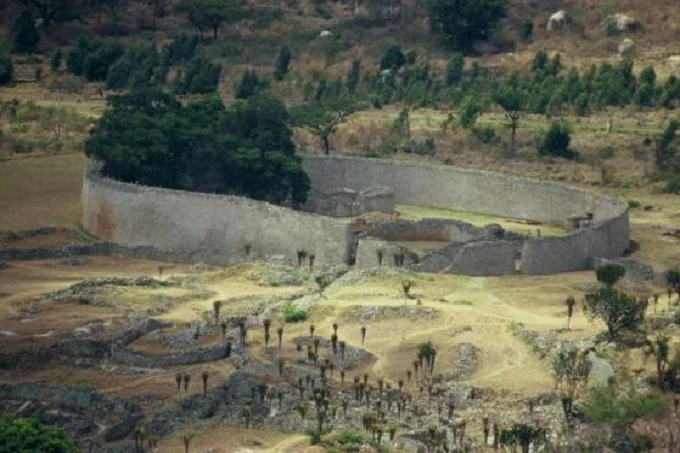
The ruins of gigantic stone structures in the Zambezi and Limpopo Rivers region are still a mystery to scientists. They were reported in the 16th century by Portuguese traders who had visited coastal Africa in search of gold, enslaved people, and ivory. Many believed that the story was of the Biblical land of Ophir, once the site of King Solomon’s gold mines.
Portuguese traders heard about the huge stone “houses” from Africans coming to the coast to exchange goods from the interior of the continent. But it was not until the nineteenth century that Europeans finally saw the mysterious structures. According to some sources, the mysterious ruins were first discovered by the traveler and elephant hunter Adam Renderer, but more often their discovery is attributed to the German geologist Karl Mauch.
This scientist repeatedly heard from Africans about giant stone structures in unexplored areas north of the Limpopo River. No one knew when or by whom they were built, and the German scientist decided to embark on a perilous journey to the mysterious ruins.
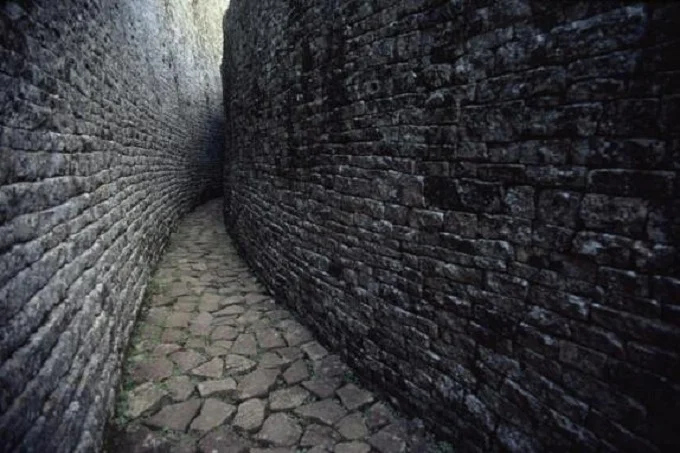
In 1867, Mauch found the ancient country and saw a complex of structures, later called Great Zimbabwe (in the local Shona tribe, the word “Zimbabwe” meant “stone house”). The scientist was shocked by what he saw. The structure, which appeared before his eyes, amazed the researcher with its size and unusual layout.
An impressive stone wall, no less than 250 m long, about 10 m high and up to 5 m wide at the base, surrounded the ancient settlement, where once there must have been a residence of the ruler of this ancient country.
The structure is now called the Temple, or Elliptical Building. One could get into the walled territory through three narrow passes. All the structures were built by the dry masonry method when stones were stacked on each other without mortar. About 800 meters to the north of the walled settlement, on top of a granite hill, were the ruins of another building, the so-called Stone Fortress or Acropolis.
Although Mauch found among the ruins some everyday objects characteristic of the local culture, it did not even occur to him that the architectural complex of Zimbabwe could have been built by Africans. Traditionally, local tribes built their houses and other structures using clay, wood and dried grass, so the use of stone as a building material seemed clearly anomalous.
The land of the gold mines
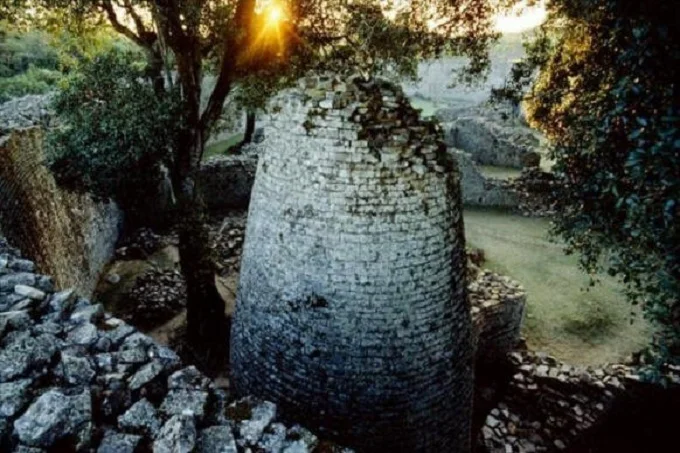
So Mauch decided that Great Zimbabwe was not built by Africans but by whites who had been in the area in ancient times. He suggested that the legendary King Solomon and the Queen of Sheba might have been involved in the creation of the stone building complex, and the place itself was the Biblical Ophir, the land of gold mines.
The scholar was finally convinced of his assumption when he discovered that the beam of one of the doorways was made of cedar. It could only have come from Lebanon, and it was King Solomon who had used cedar extensively in building his palaces.
Eventually, Karl Mauch concluded that the Queen of Sheba was the ruler of Zimbabwe. Such a sensational conclusion of the scientist led to rather lamentable consequences. At the ancient ruins began to flock to many adventurers who dreamed of finding the treasury of the Queen of Sheba, because next to the complex once existed an ancient gold mine.
It is unknown whether anyone managed to find the treasure, but the damage to the ancient structures was enormous, and it subsequently made it very difficult for archaeologists to explore.
Mauch’s conclusions were challenged in 1905 by British archaeologist David Randall-McIver. He conducted his own excavations in Great Zimbabwe and stated that the structures were not so ancient and were erected in the period from the 11th to the 15th century.
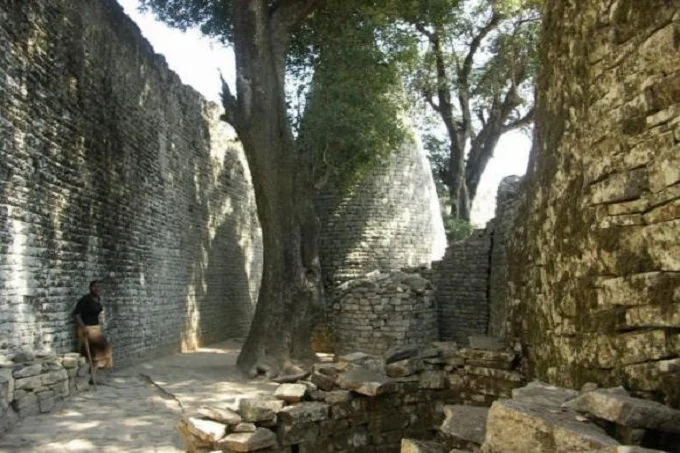
It turned out that Great Zimbabwe may well have been built by indigenous Africans. Getting to the ancient ruins was difficult, so the next expedition came to these lands only in 1929. It was led by the British feminist archaeologist Gertrude Caton-Thompson, whose group consisted only of women.
By this time, treasure hunters had already damaged the complex to such an extent that Caton Thompson was forced to begin her work by searching for untouched structures. The intrepid explorer decided to use an airplane for her search. She managed to arrange for a winged machine, flew with a pilot personally, and discovered another stone structure far away from the settlement.
After excavating, Caton-Thompson fully confirmed Wren-dall-Mackiver’s conclusions about the time of the construction of the Great Zimbabwe. In addition, she firmly stated that the complex of structures was undoubtedly erected by black Africans.
Africa’s Stonehenge?
Scientists have been studying Greater Zimbabwe for almost a century and a half, but despite such a long period, Greater Zimbabwe has managed to keep many more secrets. It is still unknown who its builders were defending themselves against with such powerful defensive structures. Not everything is clear about the time when their construction began.
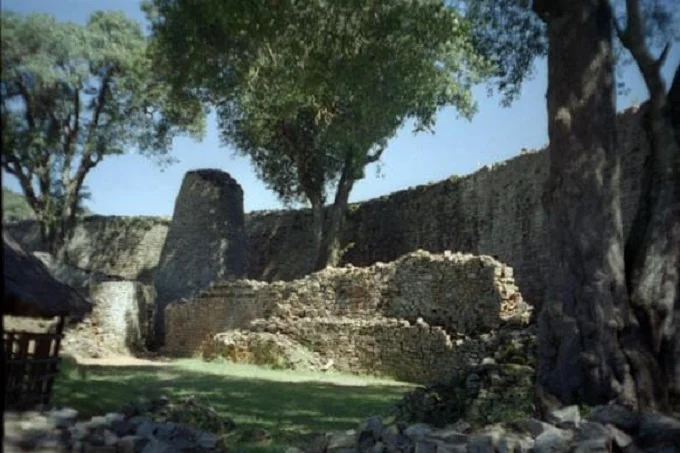
For example, under the wall of the Elliptical Building were found fragments of drainage wood, which are dated between 591 (plus or minus 120 years) and 702 AD (plus or minus 92 years). The wall may have been built on a much older foundation.
During the excavations, scientists found several bird figurines made of steatite (soapstone), suggesting that the ancient inhabitants of greater Zimbabwe worshipped bird-like gods. It is possible that the most enigmatic structure of Great Zimbabwe, the conical tower at the wall of the Elliptical Building, is somehow connected with this cult. Its height is 10 meters and the circumference of its base is 17 meters.
It was erected by the dry masonry method and is similar in shape to the granaries of local peasants, but the tower has no entrance, no windows and no stairs. To this day the purpose of the structure remains an unsolved mystery to archaeologists.
However, there is a very interesting hypothesis by Richard Wade of the Nkwe Ridge Observatory, according to which the Temple (Elliptical Building) was once used in a similar way to the famous Stonehenge. Stone walls, a mysterious tower, and various monoliths were all used to observe the sun, moon, planets, and stars. Is it true? Only further research can provide the answer.
The capital of a mighty empire
At the moment few scientists no longer doubt that Great Zimbabwe was built by Africans. According to archaeologists, in the XIV century, the African kingdom was at its height and the area could be compared to London. Its population was about 18,000 people. Greater Zimbabwe was the capital of a vast empire that stretched for thousands of kilometers and united dozens, and perhaps hundreds, of tribes.
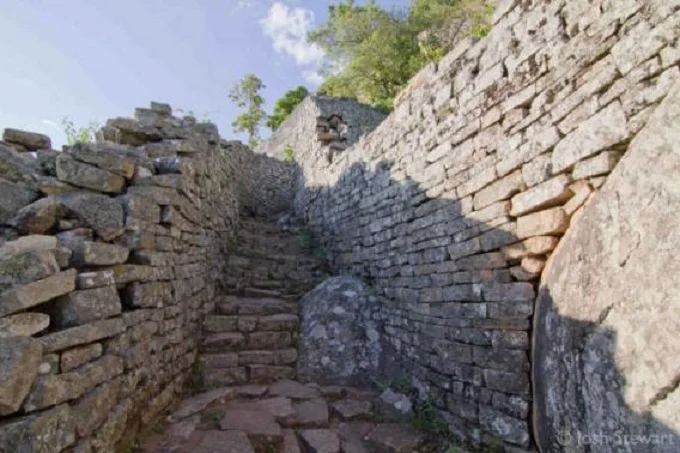
Although mines and gold were mined on the territory of the kingdom, cattle were the main wealth of the inhabitants. The gold and ivory mined were transported from Zimbabwe to the east coast of Africa, where ports existed at the time and were used to support trade with Arabia, India and the Far East. The fact that Zimbabwe had links with the outside world is shown by archaeological finds of Arabic and Persian origin.
It is believed that Great Zimbabwe was a mining center: numerous mine workings have been found at different distances from the complex of stone structures. According to some scientists, the African empire existed until 1750 and then fell into decline.
It is worth noting that for Africans Great Zimbabwe is a real shrine. In honor of this archaeological monument, Southern Rhodesia, on whose territory it is located, was renamed Zimbabwe in 1980.




